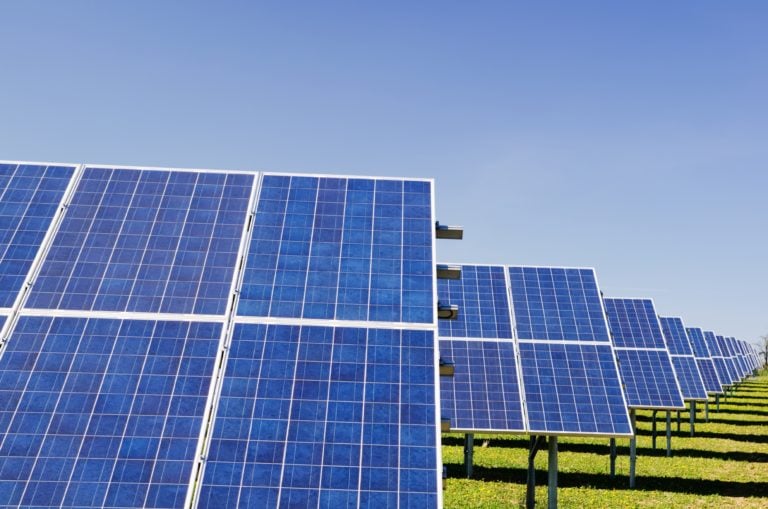Tell Congress to invest in true green infrastructure
By: Ellen Simon

The floods that sloshed through the Midwest, Texas, and the Great Plains earlier this month were a reminder that climate change, urban sprawl, and wetland destruction have put huge swaths of the U.S. at risk. But even without a $2 trillion deal, there’s much that Congress can do to build infrastructure that’s truly green, infrastructure that can begin to protect communities from the threats of ever-stronger storms.
Real green infrastructure includes rain gardens, cisterns, and bioretention plantings that capture stormwater; bioswales, permeable pavers, and living roofs that mitigate flooding; and solar or wind power systems that don’t exacerbate climate change.
Members of Congress can demand such green infrastructure as part of the standard budget process.
“We can take the appropriations process, and in each individual area insert funding for green programs,” Sen. Edward Markey (D-MA) said in a recent interview.
The Council on Foreign Relations described in a recent blog post how that would work: Congress could exercise its authority over the budget to start funding green infrastructure programs within the U.S. Department of Defense, the Federal Emergency Management Agency, and federally funded projects through companies like the Tennessee Valley Authority or the Export-Import Bank of the United States.
Adding true green infrastructure to government-owned properties has great potential. After all, the Department of Defense, alone, maintains a property portfolio valued at $1.2 trillion in 2017 at 4,800 sites across the globe.
The Federal Emergency Management Agency could require that infrastructure repaired or replaced with its funds after a disaster upgrade to include flood mitigation and carbon-neutral energy sources.
Please contact your Members of Congress to ask them to include stormwater capture, flood mitigation, or carbon-neutral energy sources in the appropriations process.